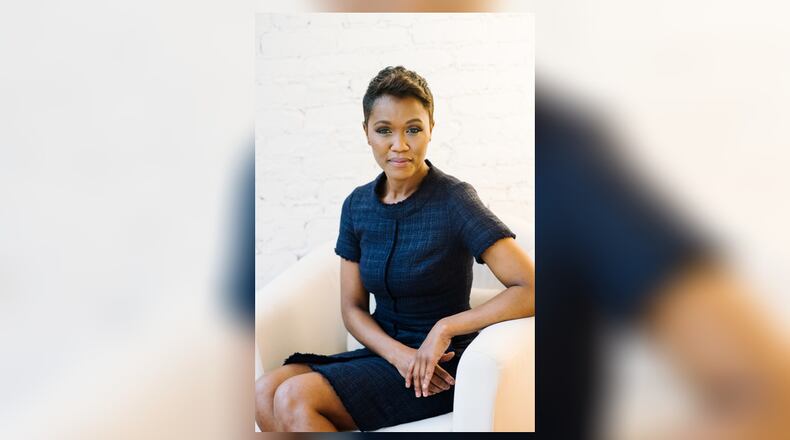The National Domestic Violence Hotline reports that on average, nearly 20 people per minute are physically abused by an intimate partner in the United States. Now think about how and when you learn about these incidents. What do these victims look like? Are they even referred to as victims?
Women of color disproportionately experience violence — at home, at school, at work — and this imbalance carries through the portrayals of this abuse in the media.
According to the Institute for Women’s Policy Research, more than four in 10 Black women experience physical violence from an intimate partner during their lifetimes, the highest rate of any ethnic group. Black women experience significantly higher rates of psychological abuse and more than 20 percent of Black women are raped during their lifetimes — a higher share than among women overall. A Violence Policy Center study found that Black women were two and a half times more likely to be murdered by men than their white counterparts. Ninety percent of Black female victims know their killers.
National rates of homicide victimization against American Indian and Alaska Native women are second to those of their Black counterparts, which is still higher than those for white women. In the United States, native women are murdered at 10 times the national average rate (Source: U.S. Department of Justice).
So we know all this, and we read all this; but, we don’t speak to this in our collective conversations.
Often, instead of prompting greater awareness of the insidiousness of domestic violence, news coverage of intimate-partner violence involving women of color, and women in poverty, serves instead to reinforce stereotypes: of who is more aggressive, who is more at fault, who is most deserving of care and protection.
We highlight the SWAT team response, the armored vehicles; not the victim who has endured hours of fear and guilt. We highlight the shock of a daytime shooting; not the victim who had an abuser violate their protection order. We highlight the disappearance of a young influencer as a primetime soap opera; not as a sobering example of how domestic violence can’t always be observed on the surface.
As the only domestic violence shelters in both Montgomery and Preble counties, we know information matters. We know sheltering matters, but voice also matters. We know that voice matters when women are seen. We see women; we see women who are Native, Indigenous, of Color and Black. We see the silence; we see the typecast; we see there is more work to do.
Raising awareness of intimate-partner violence and its prevalence is critical – but so, too, is intolerance of its disproportionate impact. As civil rights activist Audre Lorde wrote, “”I am not free while any woman is unfree, even when her shackles are very different from my own.”
YWCA Dayton operates the longest-running 24/7 crisis hotline in Montgomery County, and it remains the only such hotline serving Preble County. It began on Oct. 25, 1977, and has operated continuously since then, serving survivors of domestic and sexual violence, stalking, human trafficking, and other forms of intimate-partner violence, as well as those seeking resources for chronic homelessness and housing assistance. YWCA Dayton operates the only domestic violence shelters in Montgomery and Preble counties, so our 24/7 Crisis Hotline serves as an entry point to shelter, but also provides safety planning, supportive listening, community information and resources, and service referrals as needed. All services are free and confidential.
If you or someone you know is experiencing domestic violence, call the 24/7 Crisis Hotline at 937-222-SAFE (7233).
Shannon Isom is the President and CEO of YWCA Dayton.
About the Author
